Sleepless in the Sack
It racks up more than 3 million cases every year and its victims struggle for a cure that doesn’t exist. Insomnia corrupts almost everyone at point in their lives, but some more than others.
Insomnia is the persistent problem of not being able to fall asleep. It’s is usually self-diagnosed and at this time there are no certain cures, but possible treatments. Most cases of insomnia are related to poor sleep habits, depression, anxiety, lack of exercise, chronic illness, or certain medications. All of which pertain to the average high school student.
Teens need about 8 to 10 hours of sleep each night to function best. Most teens do not get enough sleep — a CDC (Center of Disease Control) study found that only 15% reported sleeping 8 1/2 hours on school nights. Not getting enough sleep or having sleep difficulties can limit the ability to learn, listen, concentrate and solve problems. Students may even forget important information like names, numbers, and homework as well as can contributing to acne and other skin problems.
To reduce or limit insomnia, test these different treatments the next time you’re restless.
- Avoid caffeine, sweets, and TV an hour before your bedtime. (Try to drink a lot of water instead)
- Find a white noise, rainfall, or nature sound playlist to listen to while attempting/continue to sleep. The background of these is proven to help relax the brain and the body.
- Purchase Melatonin, a natural hormone that induces sleep and progresses to regulate slumber cycles. It activates when the sun sets; the vitamin increases the melatonin levels already produced in your brain and makes your body less alert and sleep more inviting.
- Exercise 20-30 minutes every day and maintain a healthy diet.
- Take a warm bath and practice deep breathing before you finish getting ready for bed.
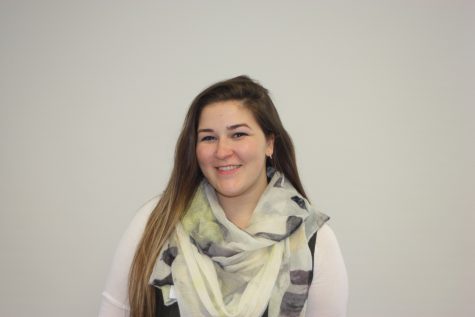
Salutations! My name is Ashlie Steel and I am the Lifestyle Columnist for the Jet Stream Journal. I am a senior, so this is my first and last year participating...




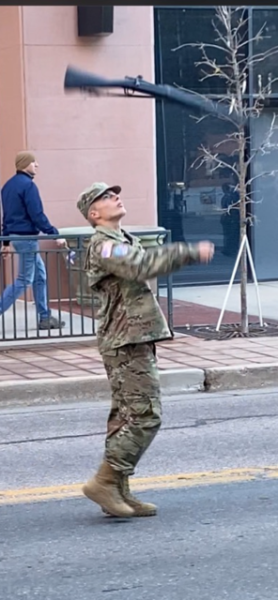
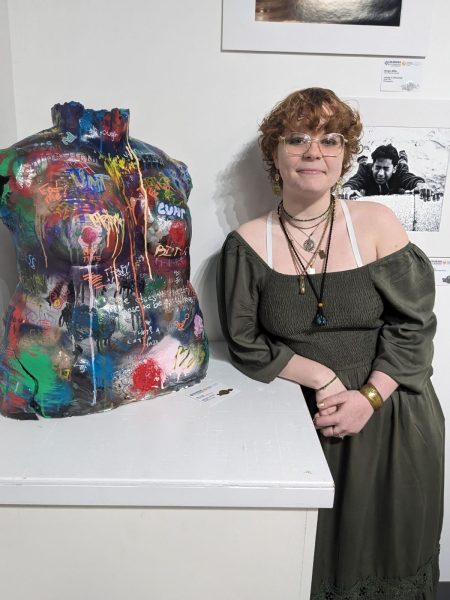

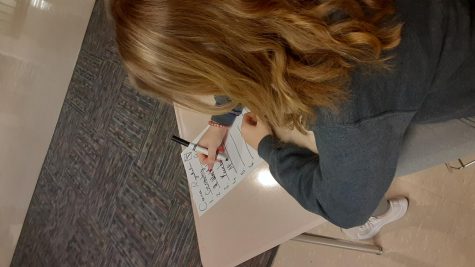



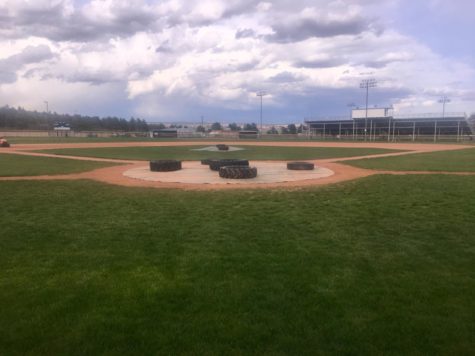

physicker • Dec 15, 2016 at 7:12 pm
Great post. I’m going to try the white noise tip tonight. Also, great point about the deep breathing. It might sound underwhelming but people underestimate the benefits of deep breathing. Try it for just 30 seconds and you’ll see.
Physicker